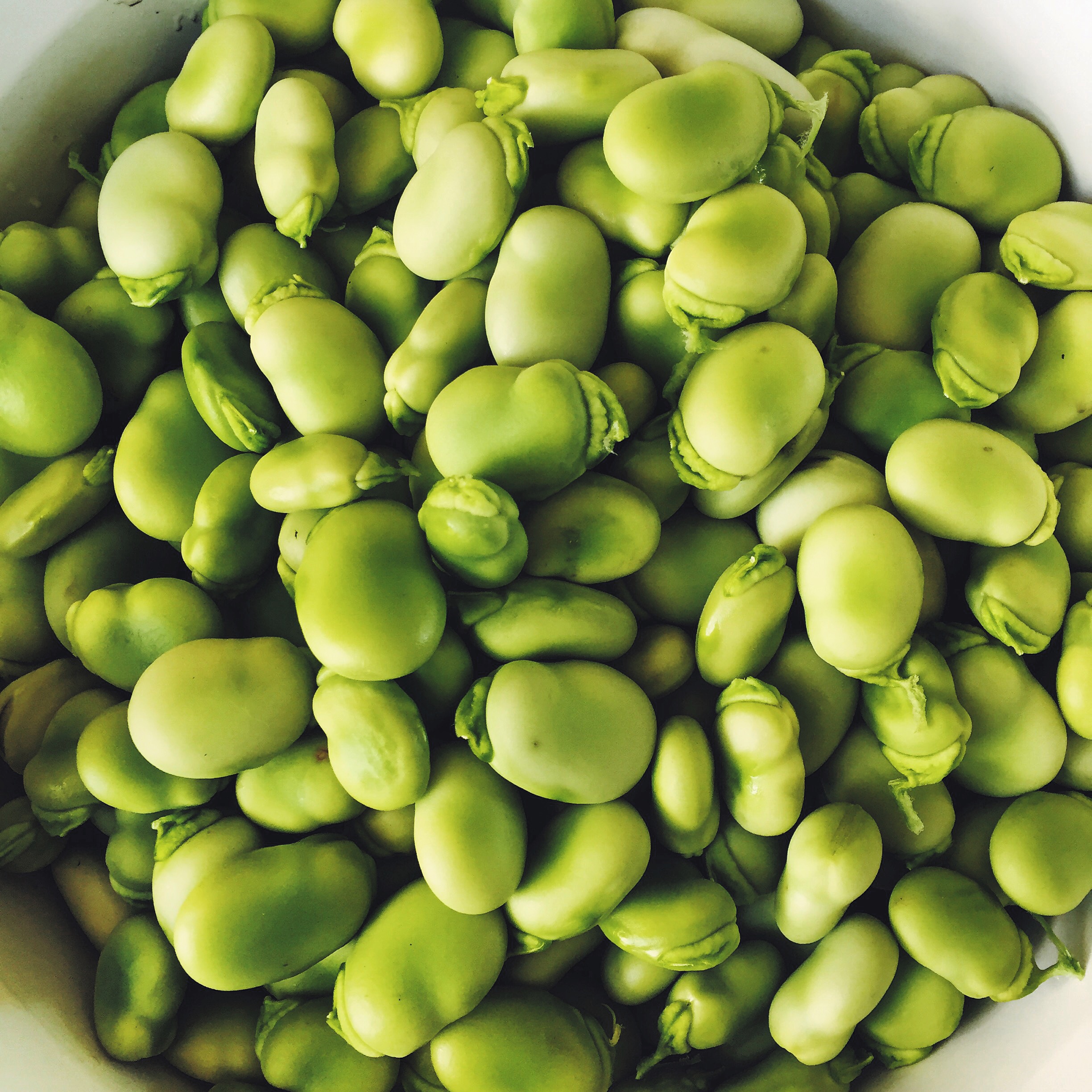
July
Harvest
- From the field: peas, lettuce, mustard greens, chard, kale, cabbage, beets, carrots, salad turnip, salad radish, fennel, edible flowers, cherry tomatoes, cucumbers, summer squash, strawberries, early potatoes, fresh onions, scallions, asparagus, celery, broccoli, woody herbs
- From the orchard: early blueberries, cherries, raspberries
- For storage: garlic, shallots
- Grains: Most grains are harvested late July through August. “Sample kernels of grain between your teeth for hardness. When the grain begins to crack between your teeth, you know it is close to ready.” – Jack Lazor, author of The Organic Grain Grower.
Perennial Maintenance
- Michael Phillips advises a fourth holistic spray (liquid fish, pure neem oil, effective microbes) aimed at the leaf canopy and developing fruitlets. From his book, The Holistic Orchard, “The fish will help meristem development for return bloom; neem stimulates immune function and hinders moths; microbes are biological reinforcement for the summer ahead.”
- Continue kaolin clay application if faced with curculio.
- Run chickens through to pick through infested early fruit drops or lie dropcloths to prevent larva from getting to soil to pupate.
- Thinning fruit: start with your heaviest-setting varieties within forty days of petal fall. Leave one fruit per cluster, and pick infested fruitlets to dispose with your chickens.
- Pinch off shoots on young trees to correct crow’s foot situations from heading cuts.
- Keep mowing ground covers.
- Place bird netting over cherries and blueberries.
- Hang sticky traps for apple maggot fly.
- Apply thick kaolin slurry with paintbrush for borer protection.
Bed Prep
- Perform a mid-season nitrate test
- Summer cover crops, like buckwheat and sorghum/sudangrass, should be mowed and incorporated just as they begin flowering.
Planting in the Ground
- Most overwintering roots need to be planted during this month: storage radishes, storage turnips, rutabaga, burdock, scorzonera, salsify.
- Overwintering brassica starts need to be planted this month. If starting from seed, start in the greenhouse in early June.
Integrated Pest Management
- Fungal and disease control may involve spraying. Do you have your emulsifiers and sticker-spreaders? Are your sprayers in working order? Are you stocked-up on neem oil and other sprays?
August
Harvest
- From the field: peas, lettuce, mustard greens, chard, kale, cabbage, beets, carrots, salad turnip, salad radish, fennel, edible flowers, strawberries, early potatoes, fresh onions, scallions, asparagus, celery, broccoli, woody herbs, cherry tomatoes, beefsteak and roma tomatoes, summer squash, cucumber, eggplant, sweet pepper, hot pepper
- For storage: storage onions, cured potatoes
- Grains: Most grains are harvested late July through August. “Sample kernels of grain between your teeth for hardness. When the grain begins to crack between your teeth, you know it is close to ready.” – Jack Lazor, author of The Organic Grain Grower.
Perennial Maintenance
- Summer prune watersprouts on especially vigorous apple trees to increase sun penetration and circulation and to improve fruit color.
- Spray for summer moth control. Michael Phillips suggests rotating spinosad and Bt if pure neem oil is not getting the job done.
- Phillips also recommends spraying holistic summer sprays (liquid fish, pure neem oil, effective microbes), as well as horsetail and nettle tea for a silica source. He ideally applies these every ten to fourteen days up until harvest.
- Bicarbonates may help with sooty blotch and flyspeck on light-colored apples in humid areas or situations of low circulation.
- Keep mowing ground cover, keep pathways mowed. This helps to expose early dropped and infested fruit.
- Sow an oat or legume cover crop along the edges of dwarf tree rows.
- Take soil tests every year and then every few years to balance your soil minerals and feed the soil biology.
- Prune out spent canes immediately after harvest to allow more sunlight and circulation, and to initiate fruit buds on maturing primocanes.
Planting in the Ground
- Carrots, chervil, green onions, cress, salad radish, salad turnips, beets, spinach, chard, chicory, endive, escarole, lettuce, mustard greens, shungiku, mache, claytonia.
September
Harvest
- From the field: peas, lettuce, mustard greens, chard, kale, cabbage, beets, carrots, salad turnip, salad radish, fennel, edible flowers, strawberries, early potatoes, fresh onions, scallions, asparagus, celery, broccoli, woody herbs, cherry tomatoes, beefsteak and roma tomatoes, summer squash, cucumber, eggplant, sweet pepper, hot pepper
- From the orchard:
Perennial Maintenance
- Prune stone fruit after harvest.
- Gather apple maggot traps and all other monitoring traps.
